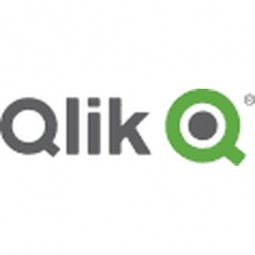Qlik
Case Studies
Global Medical Devices Manufacturer Drives Efficiency with Qlik & Cloudera
Overview
 |
Global Medical Devices Manufacturer Drives Efficiency with Qlik & ClouderaQlik |
Analytics & Modeling - Real Time Analytics Platform as a Service (PaaS) - Data Management Platforms | |
Healthcare & Hospitals Consumer Goods | |
Discrete Manufacturing Quality Assurance | |
Predictive Maintenance Manufacturing System Automation | |
Data Science Services | |
Operational Impact
| The company was able to track quality output in real-time as products move through the manufacturing process. | |
| The data is now consumed through self-service exploration and displayed on monitors throughout the factory with standardized reports where needed. | |
| The company was able to correlate data coming from machine sensors and various other sources to drive efficiency gains. | |
Quantitative Benefit
| Efficiency gains of between 5% - 12% | |
| Saving of between $35 and $40 million per year | |


